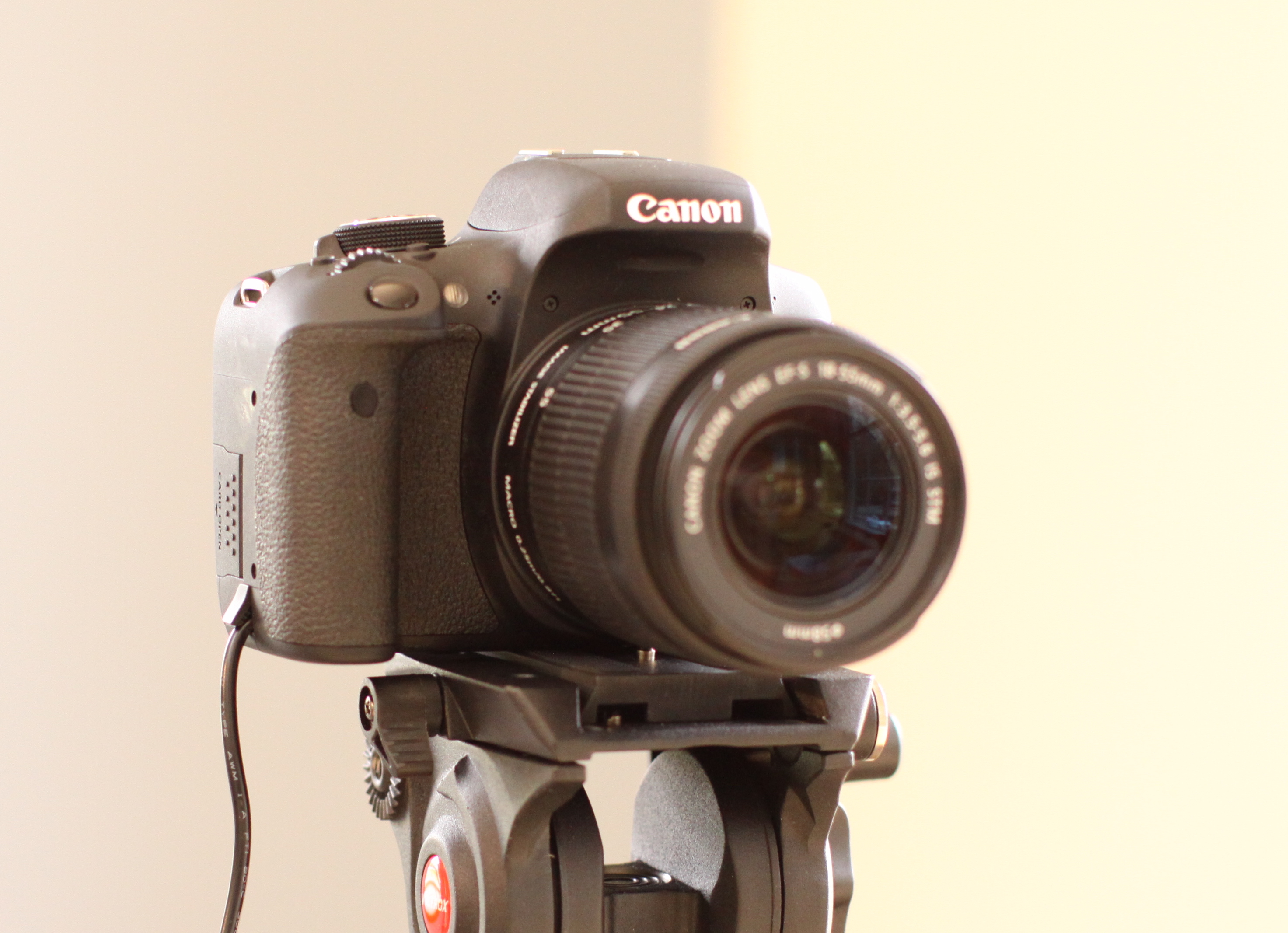Intro to Using Canon DSLRs with Ecamm Live
Introduction
In this tutorial we’ll show you how to use your Canon DSLR with Ecamm Live, without the need for any additional hardware.
Cameras with interchangeable lenses, like Canon’s DSLRs, can produce the best video out there. If you’ve been shooting with webcams, these cameras provide a serious upgrade to your broadcast quality.

Ecamm Live can broadcast any digital camera source available on your Mac. For external cameras the choices are USB (typically webcams), Firewire i.Link (typically older digital video cameras like camcorders), or HDMI. HDMI is the standard connection for high-quality video input, but since Macs don’t have a built-in HDMI input, an HDMI capture device is typically required.
However, Ecamm Live features special support for using a Canon DSLR for video, using just a USB cable. You can skip the extra hardware.
If you don’t already have a DSLR and are reading this tutorial because you want to learn what involved in upgrading your equipment, check the last section of this tutorial for some ideas for you.
Camera Compatibility
Ecamm Live’s Canon DSLR feature supports just about every Canon DSLR camera. Canon DSLRs are designated with EOS in their model number.
Necessary Camera Hardware
To connect your compatible Canon camera to your Mac, you must use a USB cable. Our cable is a Mini-USB-to-USB-A cable, but your camera may have a different port. Make sure to purchase a USB cable with generous length, or add a USB extension cable. Too-short cables limit your camera placement options, are are easy to trip over. Make sure your cables always have slack. Tension on cables can damage the ports on your devices. If you have a newer Mac with only USB-C ports, you may need an adapter from USB-A to USB-C.
When using a Canon DSLR via USB, audio from the camera’s built-in microphone(s) is not available. You will need to use a different audio source. We strongly recommend a quality external microphone that compliments the image quality your camera produces. In many ways, audio quality is more important to a broadcast than video quality, so invest wisely.
